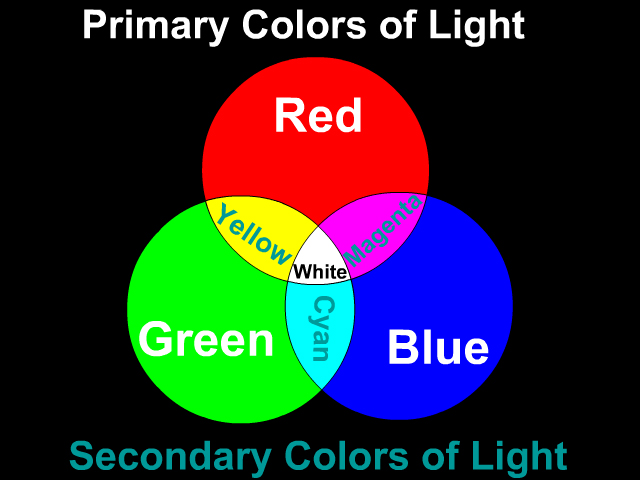NGC6888 is the Crescent Nebula, located in Cygnus. This is also Caldwell 27 and Sharpless 105. My image is processed in SHO, but perhaps with more unconventional color rendering. This is an interesting narrow-band target in that it is quite prominent in OIII, not just H-alpha, hence the strong blue cast in this image. You may also note a faint outer shell of stronger blue.
The Crescent Nebula is formed from the stellar wind emanating from the
Wolf-Rayet star WR 136 (HD 192163), which can best observed in the cropped image, Revision E, as the bright star just off center to the upper left. The nebula is about 5,000 ly distance.

Wolf-Rayet stars are massive stars that have lost their outer hydrogen and are now fusing helium or heavier elements at the core. They are late-stage stars, highly luminous, and produce strong stellar winds. NGC 6888 is the result of these fast stellar winds colliding with and energizing the slower wind that was ejected by the star when it became a red giant (about 250,000 years ago). This has produced the shell we see as well as two shock waves, one moving outward, the other inward.
In earlier images of this object, I noted the dark void in the center of the nebula, and in fact at first I wondered if my old CCD camera had dead pixels in the center or some other flaw. That's a real feature of course, and in this higher resolution rendering I can see that it is a small, dark nebula cloud in front of the expanding shell along our line of sight. A few other dark, obscuring nebulae pieces can be seen throughout and surrounding as well.
I acquired this image over the same nights as I did two other recent postings:
Melotte 15 (the center of the Heart Nebula) and
NGC7380 (the Wizard Nebula). I have been exploring the use of both StarXTerminator and NoiseXTerminator with these three images, and I invite you to read through my notes in the description of the Melotte 15 image.
The coloring on this one was interesting, and the colors came out somewhat unconventionally in the finished product. I began with the SHO palette in PixInsight, and after removing the stars, I applied ColorCalibration. This adjusted the colors to de-emphasize the green, although lots of other color adjustments were made using CurvesTransformation. At one point I noticed the starless image contained an over-emphasis of magenta in the background, and so I applied the trick I've picked up to invert the image, apply SCNR to suppress green (see the diagram below), then invert back. After some more color and saturation adjustment, this is the result. I'm sure that if I were to start the process over again, the result would come out differently each time.

(From:
StickMan Physics)
If I do the processing over again, I think I will dial back the Deconvolution step as it came out a bit overdone in my opinion. Additionally, the brighter bits look white and oversaturated. Even so, I invite you to zoom in if you wish to examine the fine detail I (presumably) was able to achieve with the TS RC10 telescope, QHY 600M-PH camera as well as a decent integration time under mostly good skies. As Fall has finally and faithfully fallen upon us in the Pacific Northwest, I shall miss the longer extended summer we were rewarded this year.
Thanks for your attention to this image and my description!









Comments